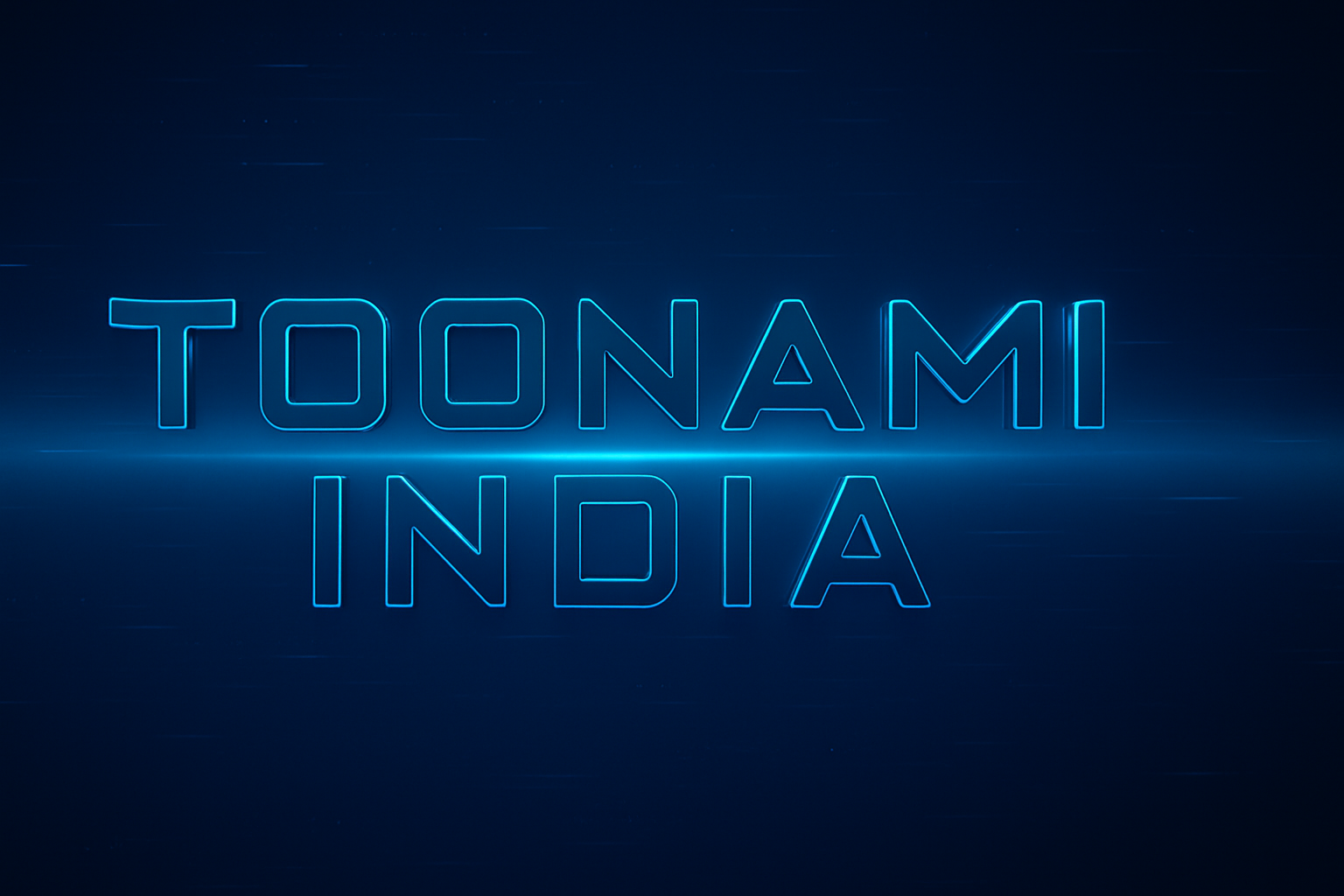DSLR vs. Mirrorless Cameras
Key Differences:
- Mechanism:
- DSLR (Digital Single-Lens Reflex): Uses a mirror mechanism to reflect light from the lens to an optical viewfinder.
- Mirrorless: Lacks a mirror mechanism; light passes directly to the digital image sensor, providing a digital preview through an electronic viewfinder (EVF) or LCD screen.
- Size and Weight:
- DSLR: Generally larger and heavier due to the mirror and pentaprism system.
- Mirrorless: Typically more compact and lightweight, making them more portable.
- Viewfinder:
- DSLR: Optical Viewfinder (OVF) provides a direct optical view through the lens.
- Mirrorless: Electronic Viewfinder (EVF) displays a digital image preview, allowing real-time exposure and settings adjustments.
- Autofocus System:
- DSLR: Traditionally uses phase-detection autofocus (PDAF) through a dedicated sensor.
- Mirrorless: Uses on-sensor phase-detection or contrast-detection autofocus, often resulting in faster and more accurate focusing, especially in live view and video modes.
- Battery Life:
- DSLR: Generally longer battery life due to the lower power consumption of the optical viewfinder.
- Mirrorless: Shorter battery life because the electronic viewfinder and LCD screen consume more power.
- Video Capabilities:
- DSLR: Historically less optimized for video but newer models have improved significantly.
- Mirrorless: Typically superior for video recording, offering continuous autofocus, higher resolution, and more video-centric features.
- Lens Selection:
- DSLR: Established ecosystem with a wide range of lenses and accessories.
- Mirrorless: Growing selection, but not as extensive as DSLR systems yet. Adapters are often available to use DSLR lenses on mirrorless bodies.
- Performance:
- DSLR: Instantaneous view with no lag in the optical viewfinder.
- Mirrorless: Slight lag in the electronic viewfinder, though recent advancements have minimized this issue.
Advantages:
DSLR:
- Superior battery life.
- Optical viewfinder with a clear, lag-free view.
- Robust build and extensive lens selection.
Manual Mode: DSLR Camera Settings Guide
Mirrorless:
- More compact and lightweight.
- Real-time exposure preview in the electronic viewfinder.
- Advanced autofocus capabilities, particularly for video.
- Quieter operation due to the lack of a mirror mechanism.
Disadvantages:
DSLR:
- Bulkier and heavier.
- Limited real-time exposure preview.
- Slower autofocus in live view mode compared to mirrorless.
Mirrorless:
- Shorter battery life.
- Electronic viewfinder may have slight lag or lower resolution compared to optical.
- Smaller lens selection (though rapidly growing).
Conclusion:
Both DSLR and mirrorless cameras have their unique advantages and disadvantages, making them suitable for different types of photographers:
- Choose a DSLR if:
- You prefer an optical viewfinder.
- You need longer battery life for extended shooting sessions.
- You want access to a broader range of lenses and accessories.
- Choose a Mirrorless Camera if:
- You value portability and a lighter setup.
- You need advanced video capabilities and continuous autofocus.
- You appreciate a real-time digital preview of your shots.
Ultimately, the choice between DSLR and mirrorless depends on your specific needs, preferences, and the type of photography or videography you intend to pursue.







Leave a Reply